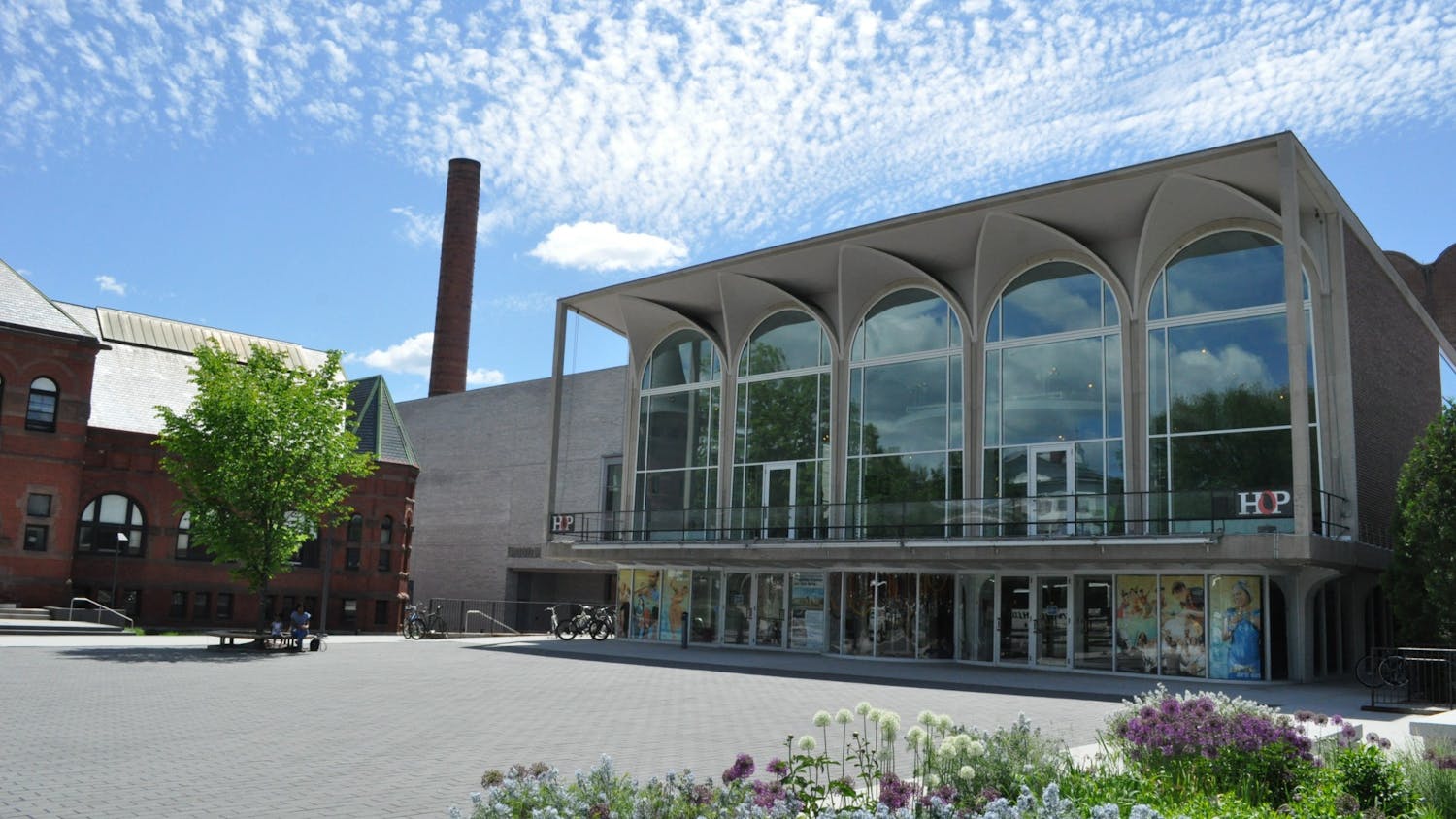For the next two months, Dartmouth will be hosting Vincent Desiderio as Winter term's Artist-in-Residence. Desiderio's extensive portfolio juxtaposes the duality of representative art and abstract art through a variety of mediums.
For over 20 years, Vincent Desiderio's work has been displayed in exhibits and he has taught studio art for almost as long.
He has received great critical acclaim in The Boston Globe and The New Yorker.
In addition to numerous awards and accolades, he became the first American artist to receive the International Contemporary Art Prize, awarded by the Prince Pierre Foundation of the Principality of Monaco in 1996.
In an age of photo-shopping and technology, when charcoal and oil paints play second fiddle to high-falooting technology, Vincent Desiderio breaks the mold.
Often playing with the illusion of transparency and opacity by employing various viscosities and stylistic techniques, Desiderio has been able to create several pieces of incredible depth while keeping his work realistic in appearance.
For instance, the large triptych titled "When I Last Saw Paris," is comprised of three panels intentionally at odds with each other in design and mood that still somehow coalesce into one, sequential narrative.
Desiderio's other triptychs on display, such as "Contemplative Distance," or "Ekphrasis," manage to evoke the same sense of rationalized disjointedness and circular narrative.
Desiderio's style is unquestionably realistic, yet in his works he has been able to incorporate an element of absurdist art.
His works refrain from the preciousness, or wholesomeness, one finds in Norman Rockwell -- there is a distinct edginess to his paintings, a darker overtone of a world where whitewashed picket fences aren't always white, but rather graffitied, dirty and imperfect.
Within the exhibit of Desiderio's works, there is "Homage to Schwarzkogler," another interesting triptych that highlights the life of a relatively unknown, yet highly eccentric, Austrian performing artist.
There are also several pieces on display that feature various members of Desiderio's family such as "The Wheel," which symbolizes the cycle of life or sleep and the innocence associated with children.
Particularly stunning is the life-size portrait, "Morning and Fecundity," which is a haunting depiction of somberly clad men (maybe Amish or Mennonite) carrying a brightly colored birthing quilt into the bleak wilderness of desolation.
Desiderio has earned a well-deserved reputation of artistic mastery and has emerged on the American art scene as a noteworthy painter.
The dialogue between his abstract tendencies and his representational art desires has afforded him his own signature within the art world as someone who is able to transpose conceptual elements with the stark reality of color and form.
His wide array of works will be showcased in the Jaffe-Friede Gallery until March 16.



